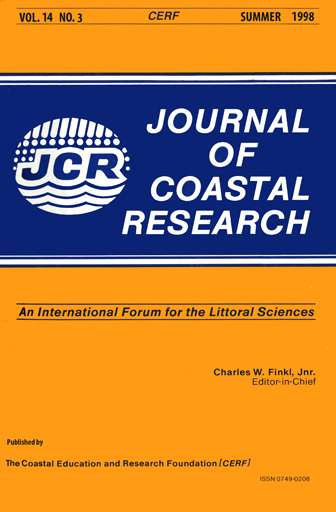Geomorphological Changes of the Oosterschelde Tidal System During and After the Implementation of the Delta Project
Keywords:
Coastal engineering, human impact, tidal inlet system, estuaries, geomorphologyAbstract
The Dutch Delta project, initiated in 1959 for the protection of the south-western Netherlands, reached its conclusion in 1987 with the completion of the Oosterschelde project: an open storm surge barrier and the Oesterdam and Philipsdam in the landward parts of the Oosterschelde basin. The Delta project has increasingly influenced the tidal characteristics of the various basins in the area. The Oosterschelde basin was showing a tendency towards erosion until ca. 1980, when the Oosterschelde project was launched. Completion of this project in 1987 caused enormous changes in hydraulic conditions and initiated a large-scale transformation in the geomorphology of the Oosterschelde tidal basin and ebb tidal delta. Since 1987, the tidal prism (ebb or flood volume) has decreased by 30% and the average tidal range by 12%. Tidal current velocities have generally declined by 20-40% in the western and central parts of the Oosterschelde, and by as much as 80-100% near to the closure dams in the landward end of the basin. Consequently, sediment export from the basin towards its ebb tidal delta gas ceased. In response to these changes, the sediments in the deeper parts of the tidal channels are now tending to be composed increasingly of silt and mud, while the tidal shoals and salt-marshes are showing distinct erosion. To establish a new dynamic equilibrium between hydraulic conditions and geomorphology will require an import into the basin of 400 - 600 million m3 sediment. The adaptation process will take centuries, if not longer.


